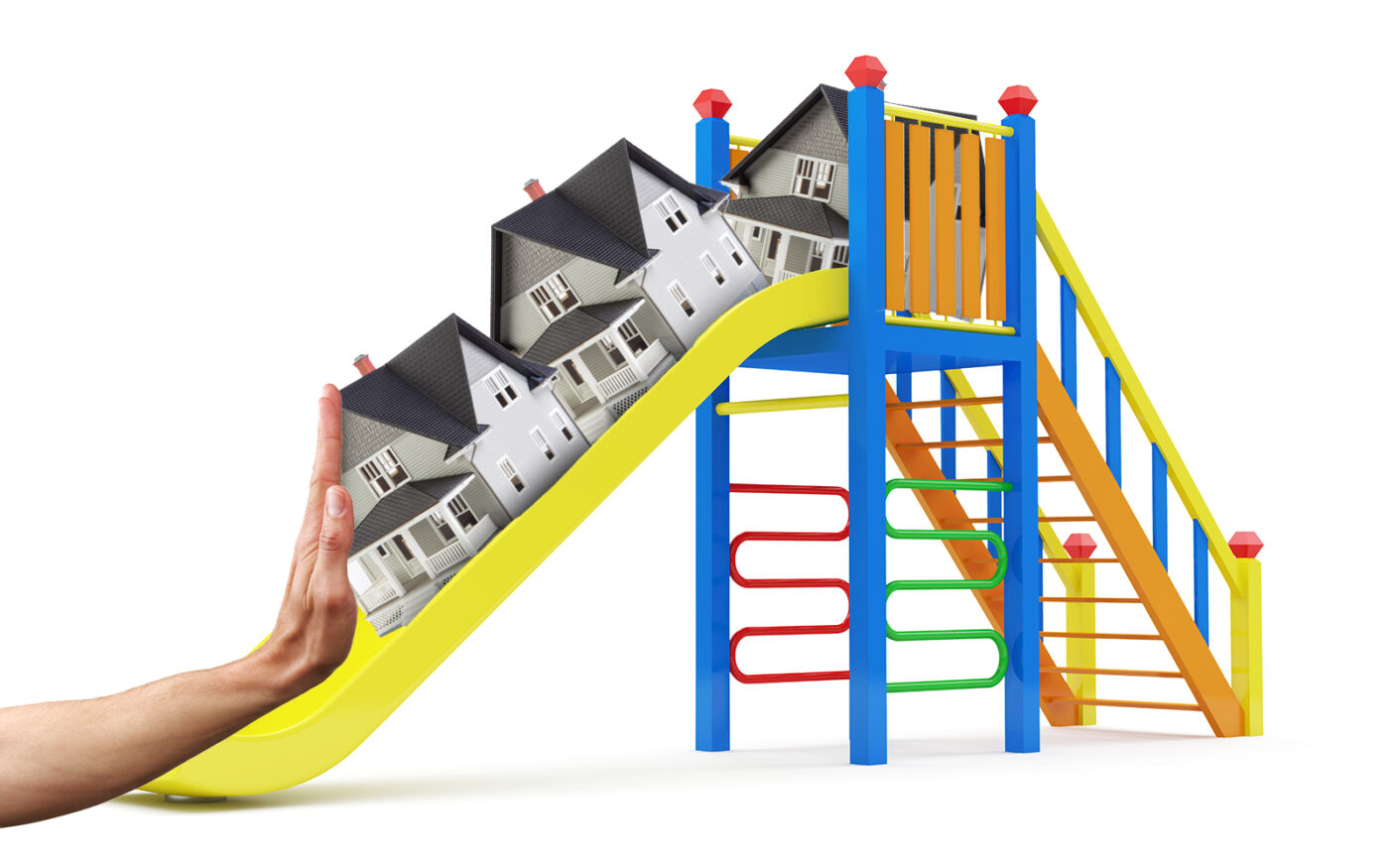Trending
US home prices rose for the first time in eight months
February’s bump signals return of normal: Case-Shiller

After seven months of declines, home prices notched a barely-there — but unexpected — increase.
Prices increased 0.2 percent month-over-month in February, according to the S&P CoreLogic Case-Shiller U.S. National Home Price NSA Index. That moderate gain was consistent both before and after seasonal adjustments.
The bump comes after prices declined consistently for more than half a year, but still leaves the National Composite 4.9 percent below the peak notched in June.
Prices remain elevated year-over-year, but growth continues to slow. The National Composite was up 2 percent year-over-year, down 1.7 percentage points from the annual increase recorded in January. The 10-City and 20-City composites also recorded slowing price growth, each up merely 0.4 percent year-over-year.
“While annual price growth is still slowing, a reversal from negative monthly growth to positive monthly growth shows signs that the normality of the spring home shopping season is returning,” Zillow Senior Economist Nicole Bachaud said in a statement, noting that low inventory is leading to more competition, which could spike prices.
A sharp distinction is emerging between the regions. The Southeast region saw the strongest gains in prices, up 7.8 percent year-over-year in February, and included all of the markets with the biggest annual increases: Miami (10.8 percent), Tampa (7.7 percent) and Atlanta (6.6 percent).
The West remained the region with the steepest declines, down 4.2 percent year-over-year. San Francisco remained in annual decline territory from January, while Los Angeles and pandemic boomtowns Las Vegas and Phoenix were also in the negative in February.
The median home sale price declined 3.3 percent annually in March, Redfin reported, the largest drop recorded by the brokerage in 11 years. It will be a month before the Case-Shiller Indices report on March activity, the first month where the impact of the recent string of bank failures may be revealed.
Read more
While the spring is traditionally time for a spree in the housing market, prices could be tempered by the Federal Reserve, which may keep interest rates elevated to clamp down on inflation.
“Mortgage financing and the prospect of economic weakness are therefore likely to remain a headwind for housing prices for at least the next several months,” said Craig Lazzara, managing director at S&P DJI.







